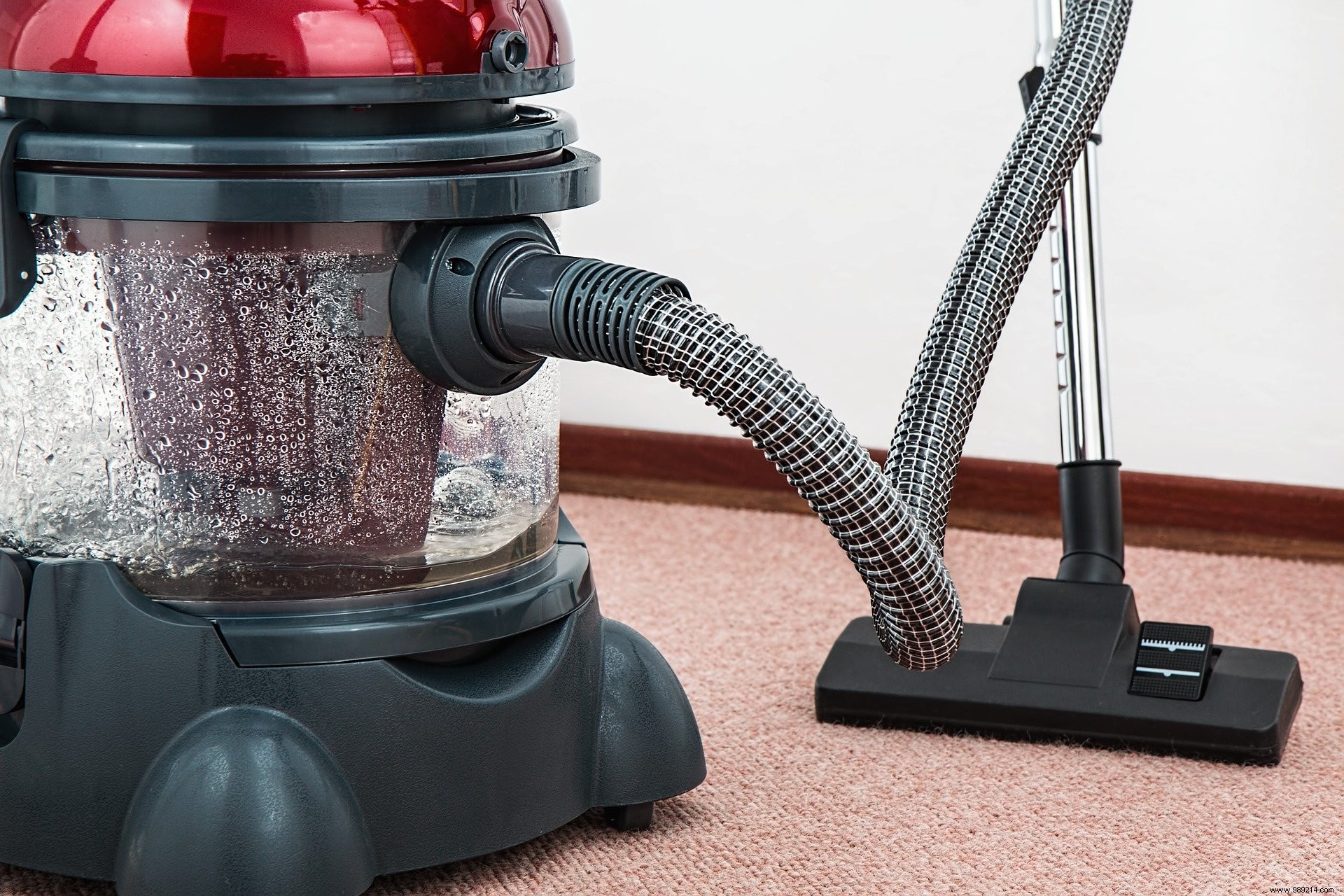There is a myth that household dust is mostly human skin. In fact, this is only partly true. Skin cells are part of the composition of house dust, but they are accompanied by many other materials.
Vacuum cleaner, broom, feather duster, rag, all means are good to overcome dust. Only, no matter how hard we try to get rid of it, it always comes back! For many, dust is therefore part of everyday life, but what exactly is it made of? Some would say mostly human skin. There are, yes, but not only.
Other materials are indeed also present, among which are pieces of paint, fibers, mold, hair, hair and building materials, pollen, insect exoskeletons, ash and soot, or pieces of dirt, to name a few waste.
This list is based on a 2011 Canadian dust study. As part of this work, the researchers took samples from 1,025 homes Canadians to quantify the prevalence of lead.
The proportions of each of the components varied from one household to another. For example, a newly built home has a lot of drywall dust, while a home near a busy road is likely to harbor a higher level of outdoor pollutants from car exhaust.
In the Canadian study, older homes generally had higher levels of lead in their house dust. Remember that leaded paint and gasoline have been phased out since the late 1970s.
However, the commonly quoted estimate that 70% or 80% household dust would be human skin is probably not correct. According to a 2009 study of house dust in the US Midwest, 60% of the sampled components came from indoors, while the rest came from outdoors. However, this 60% of the interior included everything:skin, but also organic fibers, construction materials, etc.

The fact that human skin is found in our dust is not really surprising. We lose a lot of skin cells when we go about our business. An average adult releases about 500 million every day , or 0.03 to 0.09 grams of skin scales per hour. However, not all flakes of dead skin end up on floors. Many also end up in the drains of the bath or shower, while others, clinging to clothing, end up in the washing machine before being evacuated.
By the way, the presence of skin cells in our house may not be such a bad thing. In a study published in 2011, researchers found that higher levels of cholesterol and squalene (oils found in dead skin) in dust were associated with lower levels of ozone on the inside. However, we know that ozone is a pollutant that can cause lung irritation.